New Requirements for Declaring Allergens
From 25 February 2024, food businesses are required to meet new plain English allergen labelling requirements for how certain foods known to be common allergens are declared. These changes will mean food allergen information is clearer and easier to find on food labels.If a food was packaged and labelled before 25 February 2024 and it complied with the previous allergen declaration requirements, then the food can continue to be sold until 25 February 2026.
What Must be Declared
The Food Standards Code now requires food and ingredients to be declared using certain required names, which are listed in Table 1 below. The change also means individual tree nuts, molluscs, and individual cereals must all be declared separately, adhering to allergen management guidelines to ensure the safety of consumers with allergies or intolerances.
Foods and ingredients to be declared (using these names)
wheat
fish
crustacean
mollusc
egg
milk
lupin
peanut
soy, soya, soybean
sesame
almond
Brazil nut
cashew
hazelnut
macadamia
pecan
pistachio
pine nut
walnut
barley*
oats*
rye*
sulphites**
Barley, oats and rye must be declared if they contain gluten
Sulphites must be declared when added in amounts equal to or more than 10 milligrams per kilogram of food.
Food service retailers such as cafés, restaurants and pubs, are legally required to provide information on allergens that may be present in food if requested by a customer.
This includes providing allergen information for packaged or unpackaged food made and sold on the premises.
If the food requires a label, the declaration must be:
On the label
If the food does not require a label, the declaration must be:
On display next to the food, or
Provided to a customer on request
Important strategies that businesses can use to manage allergy risks include:
Implement an effective allergen management plan
Train front-of-house and back-of-house staff in food allergen risks, management and communication
Use a system to provide clear and accurate allergen information
Manage the unintentional presence of food allergens
Resources, including templates that you can use to create recipes, chart allergens and safely substitute ingredients are available on the All about Allergens resource hub - external site.
Visit Allergies and intolerances for more information.
Share this story

Chat to one of our trainers
Our team are here to help with your questions











